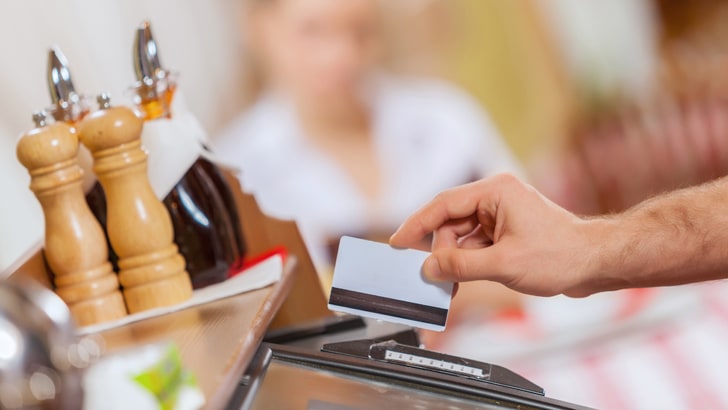
At the final talk of the Casual Dining Show in London this week, Alan Kay, a chartered accountant, said that tiny changes could have an important effect. To demonstrate this, the CFO of The Fat Duck Group used examples of small changes in the business of running a restaurant that can have a huge impact on the bottom line.
“I think generally in business we are not very good at communicating with each other,” he said. “You can have the best restaurant in the world, the best chef, but if the staff don’t take the food to the table well, you’re going to have unhappy customers.
“Relationships are vital, and all have financial aspects to them. Ask waiting staff about the customers — what was left, did they say it was too expensive, did they enjoy the food? You can learn from this information.”
Kay and his brother set up a restaurant near Richmond in Surrey, in the late 1990s. This experience taught him a lot about working in hospitality and chefs, he told delegates. In early 2008 he started working with The Fat Duck Group and became CFO, working closely with chefs and managers in the various businesses.
Drawing on this experience, he added that businesses needed to remember their basic checks. “Basic questions – that is the level you need to look at,” he said. “This can make a big difference. For example, I always look to see what isn’t selling well. Does that mean it’s not made well, or priced badly? What are our competitors selling? What are they charging?
“Why not push prices? You don’t have to be inflexible, prices can go down again.”
He gave one example where a restaurant he was advising discovered their competitor was selling the same beer at a more expensive price. They were able to push their own beer prices up to just below the competitor’s price and instantly increase their margins, while still being cheaper. However, there are also other options.
“Upselling – another big area,” Kay said. “Bringing a bottle of wine with the starter and they might have finished it by the middle of their main. They might order another, or at least another glass. It doesn’t take many bottles of wine to add £10k to your bottom line.”
The main advice when looking at the profitability of a restaurant, he said, was keep asking “what if?”
“You’re not going to get many answers unless you keep asking questions,” he said. “What if we opened earlier? What if we changed this on the menu? What if this portion was larger?”
Held at the Business Design Centre in central London, the two-day inaugural show was opened with a keynote speech from Peter Backman from Horizons, who defined the casual dining sector as one where there was a spend of between £10 and £20, with diners typically spending up to 45 minutes in the restaurant. Over the two day conference speakers included Jens Hofma, CEO of Pizza Hut Restaurants, Robin Rowland, CEO of Yo! Sushi, Simon Kossoff, CEO of Carluccio’s, Ian Neil, chairman of Las Iguanas, and Tim Bacon, CEO of Living Ventures.
Helen Roxburgh
